FPGA Implementation of Novel Quantum Dot Cellular Automata 256x 32 bit SRAM
Proposed System:
- Increases the Bit size of 256×32, and reduced the Power
Advantages:
- Serial Read/Write Operation
- Multiple Bit Support
- Low Power Consumption
Software implementation:
- Modelsim
- Xilinx

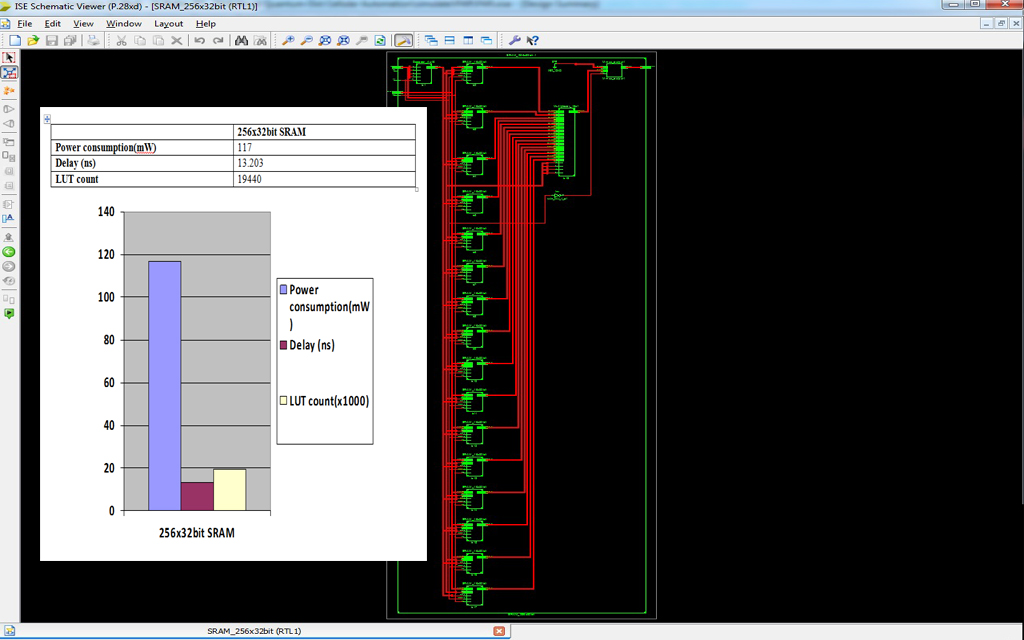
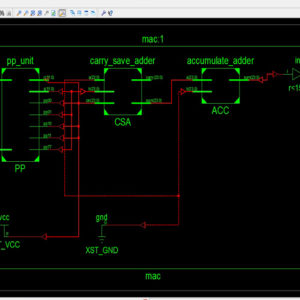
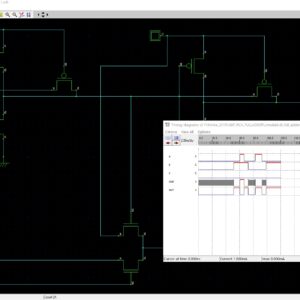

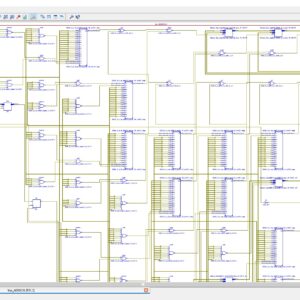
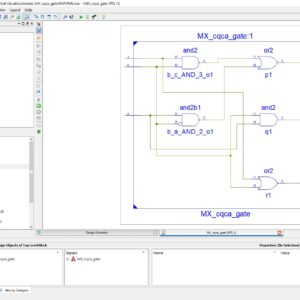
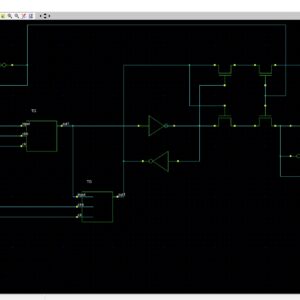
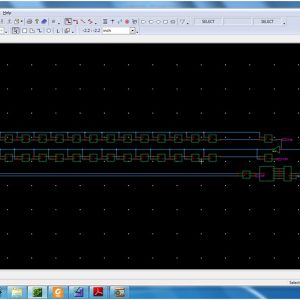
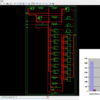
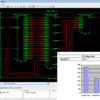
Reviews
There are no reviews yet.